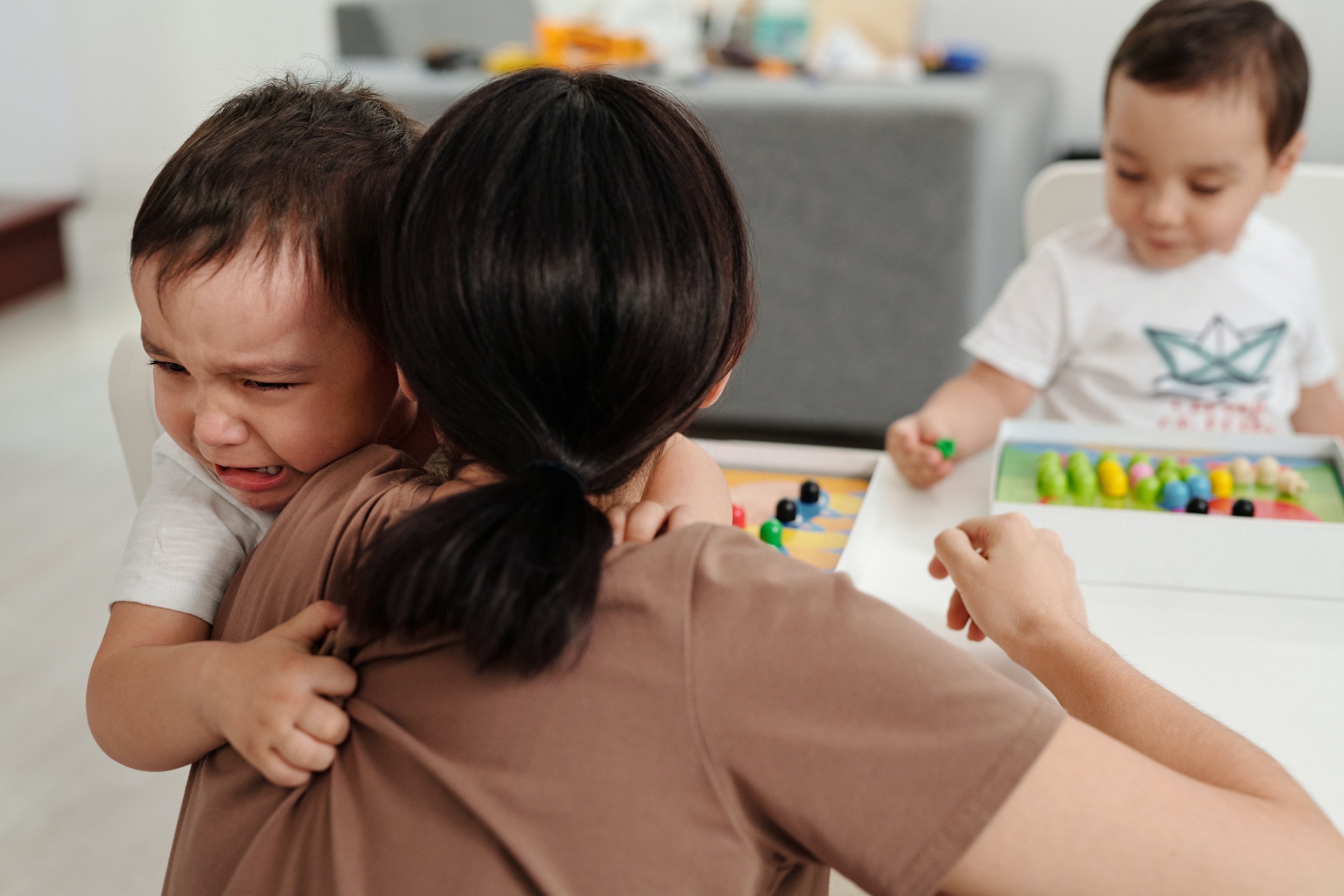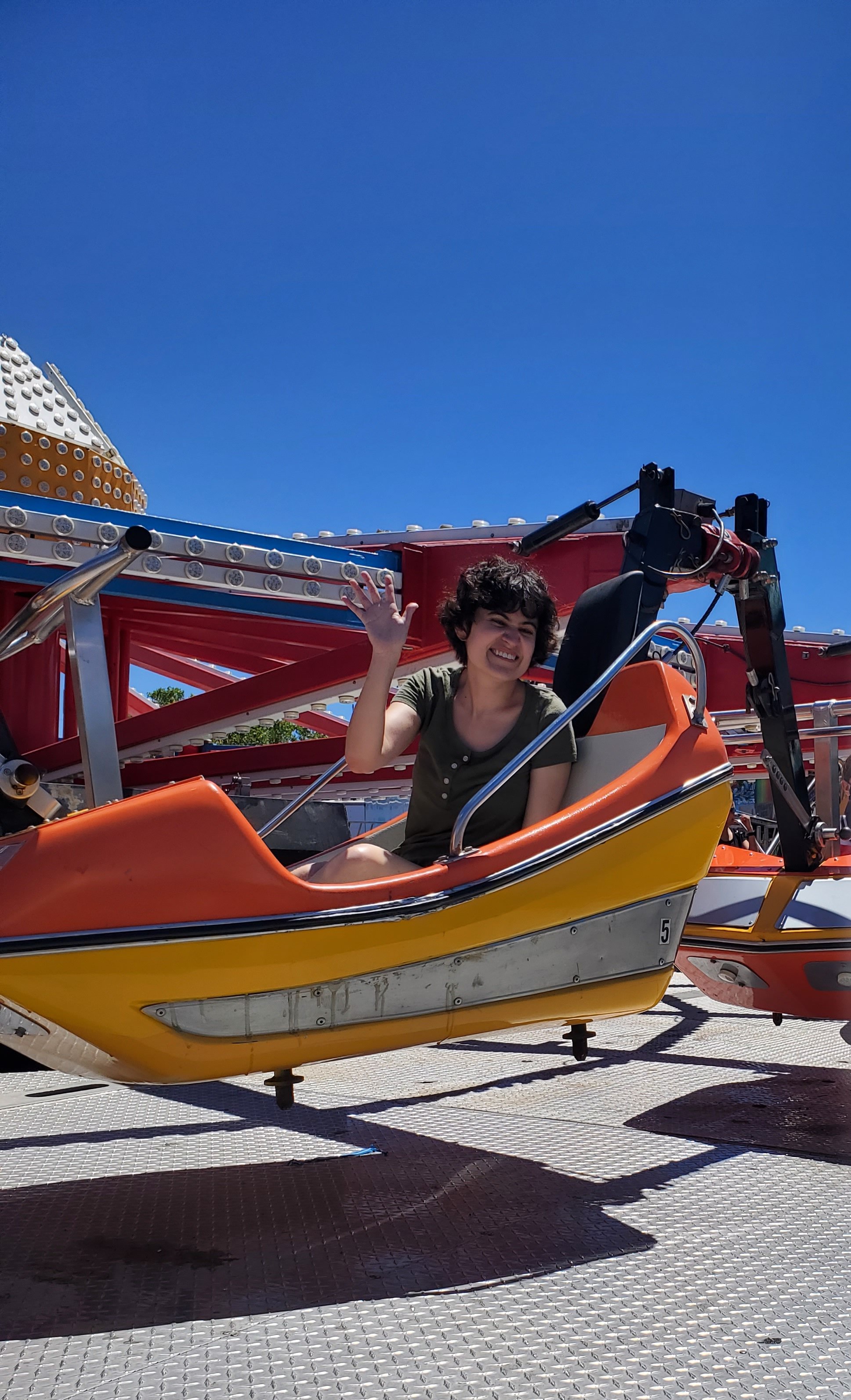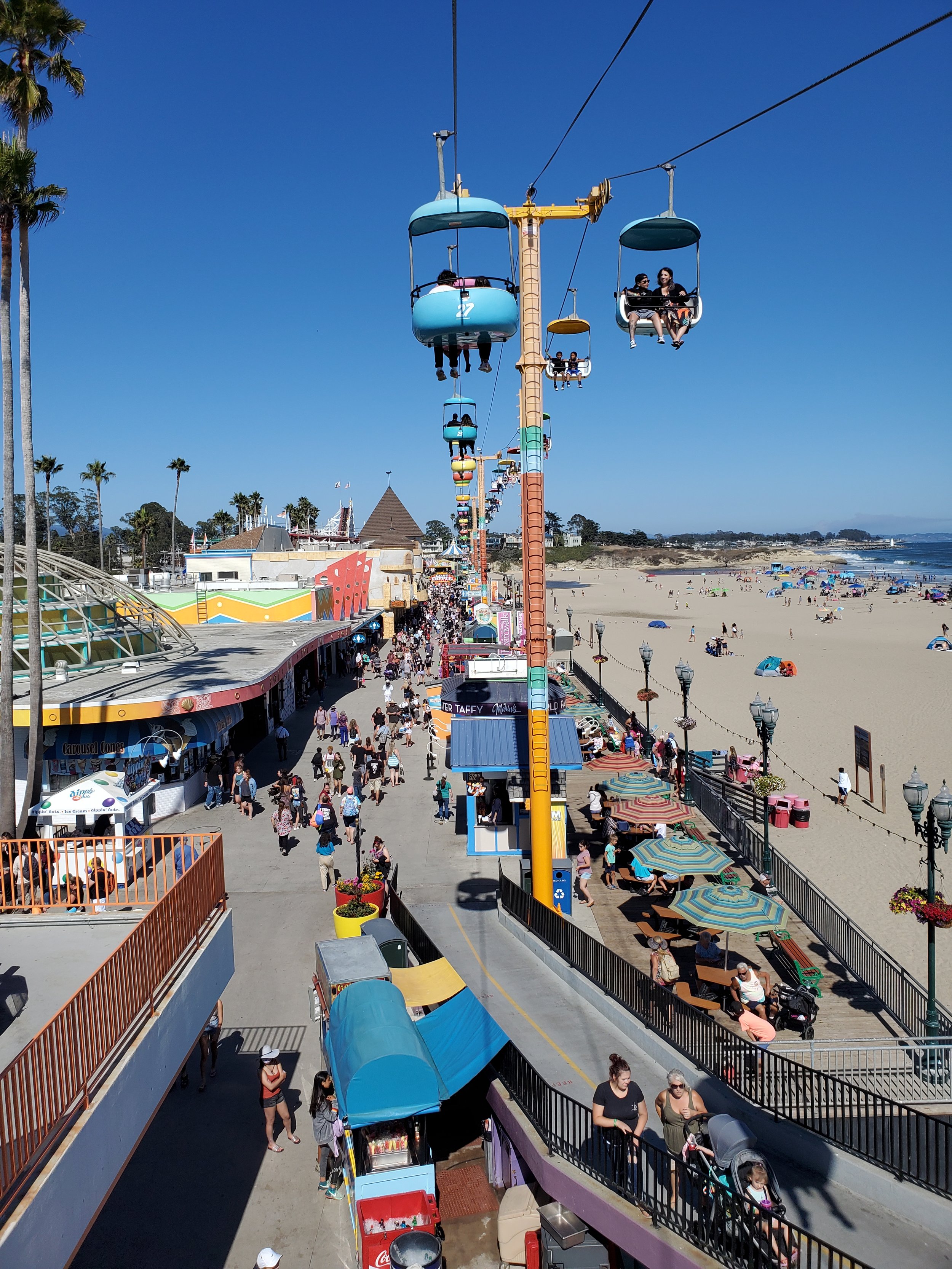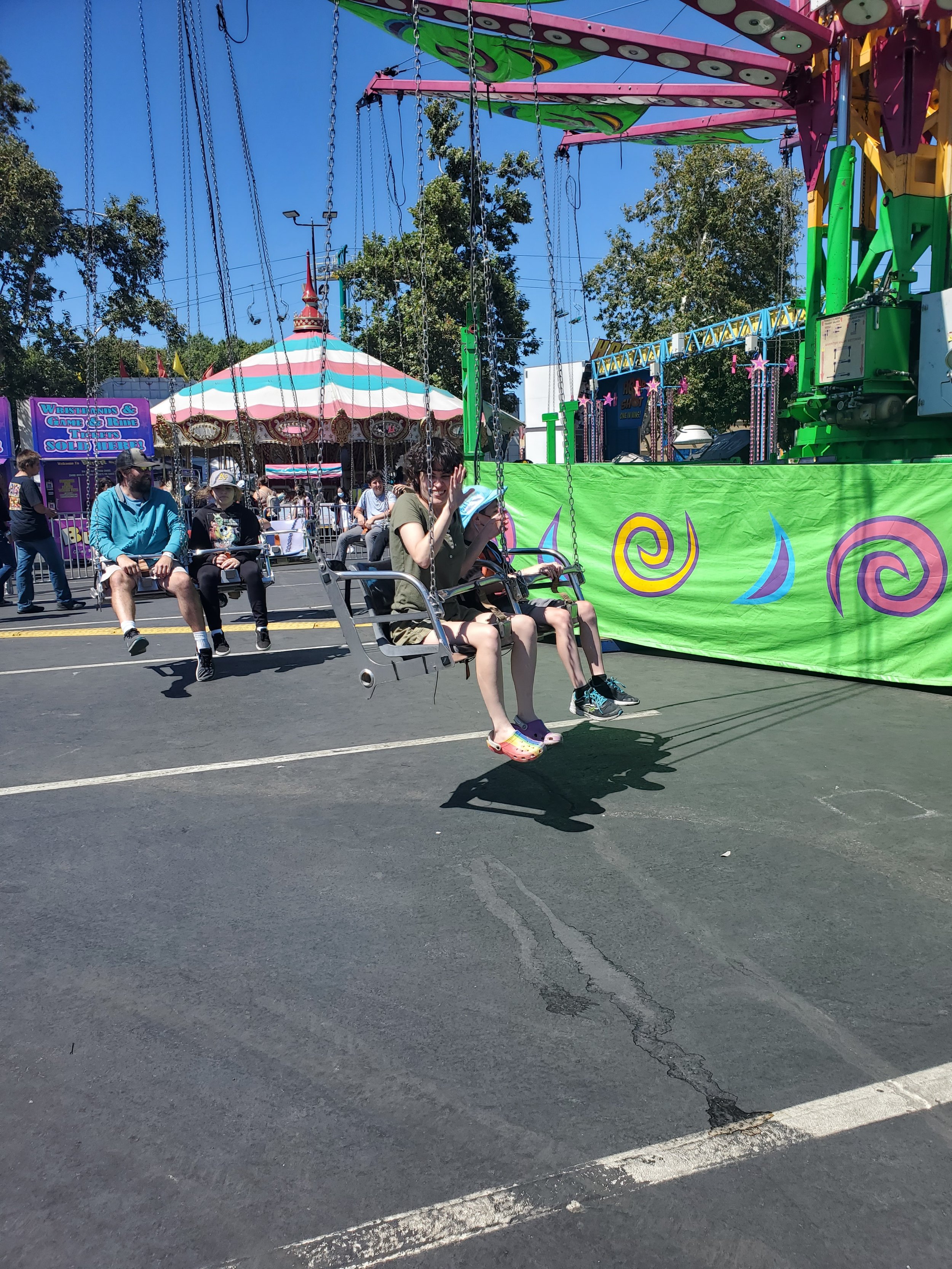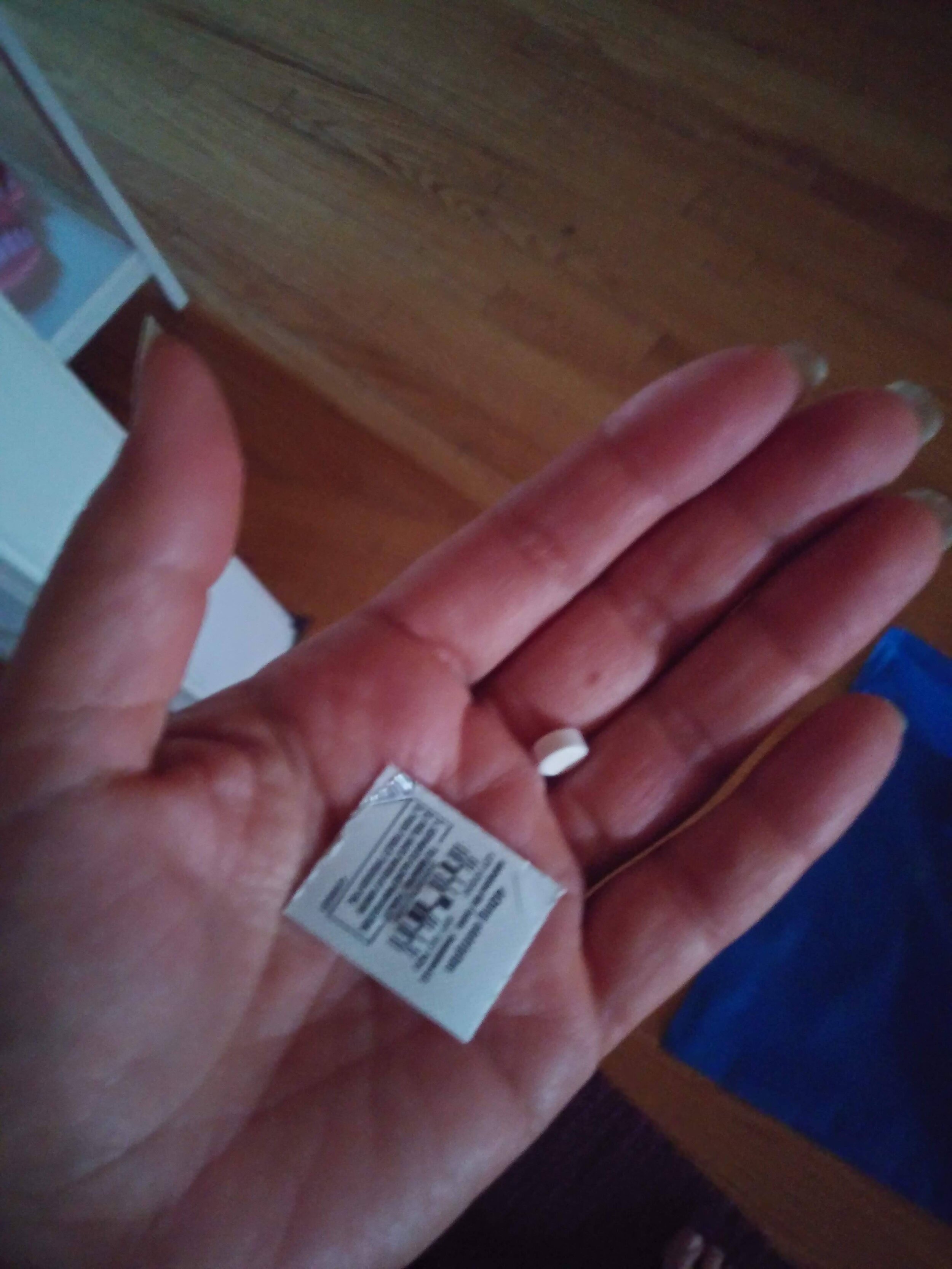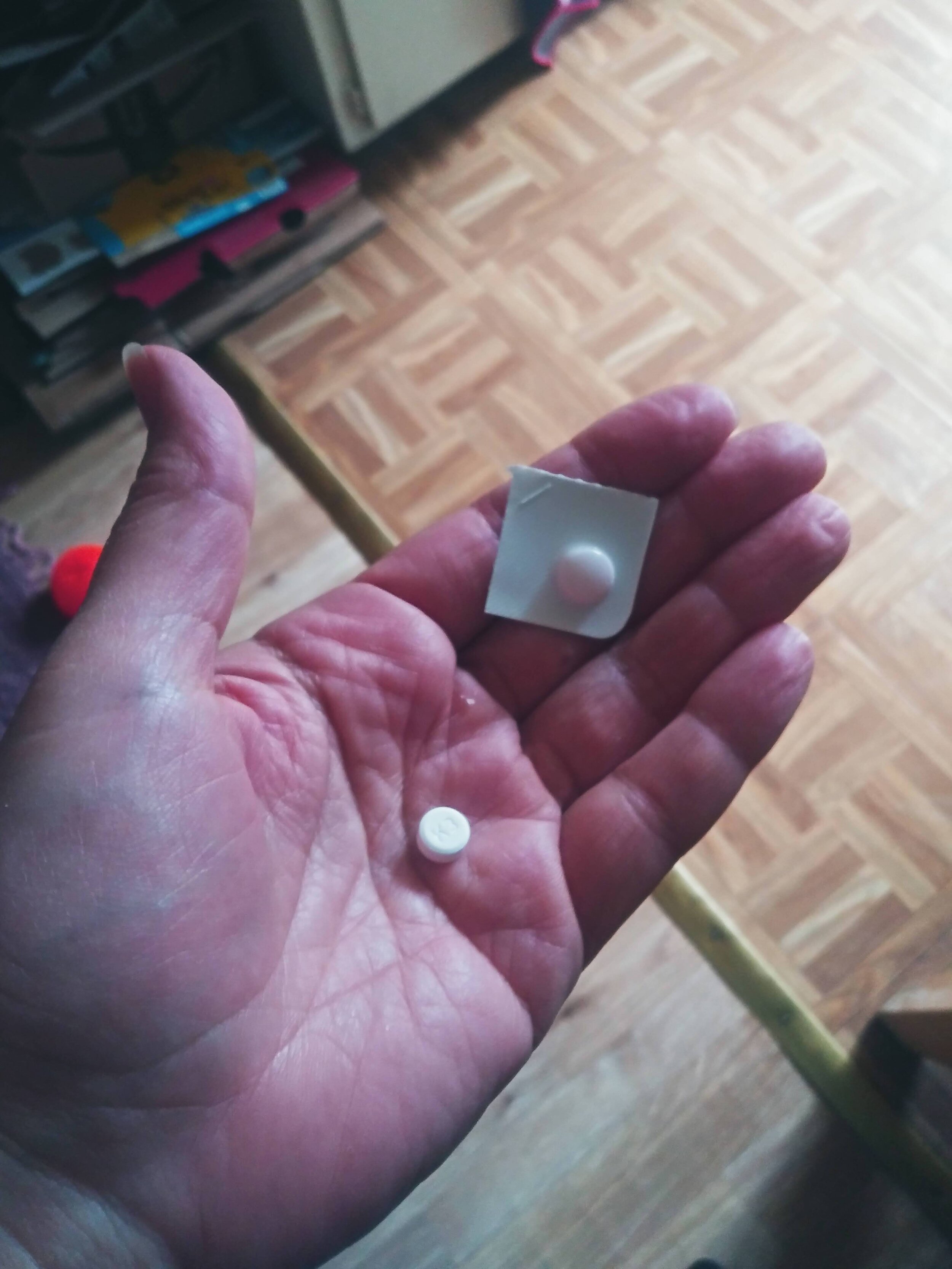
BLOG POSTS
Who's hustling? Why? What else is there?
Egg rolls take time, and I haven’t made them in years. As I made them, I thought about how I begged my mother to make them pretty much any time someone said, “What will we have for dinner?” Mostly my mother said, “Not today” which makes perfect sense to my adult self. Today if I am going to make them, I need a nice clear schedule, with nothing else happening afterwards.
Recently I found myself with only one client hour on a Saturday – a rarity for me. Of course, I still went to my office and spent too much time looking at email and all of that*, but it felt different, more relaxed. After I was done, I went home and felt relaxed enough to make Korean egg rolls (with my own modifications).
Image shows my red pot with zucchini, carrots, peppers and garlic, ready to go into egg rolls
Image shows a bowl with chop chae noodles, bean sprouts and fake meat ready to mix
Egg rolls take time, and I haven’t made them in years. As I made them, I thought about how I begged my mother to make them pretty much any time someone said, “What will we have for dinner?” Mostly my mother said, “Not today” which makes perfect sense to my adult self. Today if I am going to make them, I need a nice clear schedule, with nothing else happening afterwards. Besides eating them.
I feel similarly about writing – it takes time, and I need a fair bit of space in my day before I will even start that creative process. Which reminded me about my commitment to moving from “hustle to flow” as Shawn Ginwright suggests in The Four Pivots. What he said about hustling and how it drives many of us forward fit me and my life perfectly. And I liked his thoughts on flow, on how to find ease in our lives, how we can work with what we have rather than trying to push and try to make everything fit somehow.
But even as I was (re)dedicating myself to finding my flow, I thought about what a privilege it is to be in a place where I can think about finding flow. I left home at 17, and I have hustled hard* almost all the years since then. That hustle feels like it’s in my bones, like if I have too much down time, I get antsy.
Image shows my egg rolls in rice paper wrappers, ready for the next step, frying.
It’s not an accident or poor decisions that got me to this point, much as the world would like me to believe it. This world is full of so much push – it comes from patriarchy, productivity culture, ableism – and for many of us if we didn’t hustle, we wouldn’t make it (and I don’t mean that like, “succeed in life,” I mean that like, “survive”). I still work multiple jobs*, trying to make sure that if the bottom falls out, I will land in one piece.
Image shows a close up of a bitten egg roll, veggies all sticking out of the top. Behind the egg roll is Maite the Rottweiler, hoping for a bite.
I don’t have any easy answers for us hustlers. I don’t know how to create flow in a packed schedule. I don’t have tips or strategies. I can’t even write this piece without praising my own hustle.
How is this all related to egg rolls? Egg rolls need time to create, and because I switched to rice paper I had to seriously slow down (rice paper is NOT in a hurry). And I wouldn’t have made them (or written this little post) if I hadn’t had a little extra space. Time to enjoy my creations!
* see how even in the beginning I’m trying to prove that I’m still hustling?
* more evidence of my hustling
* yes, hustling
Image shows a stack of fried egg rolls, 8 of them. They are kind of see through because of the rice paper wrappers, so the green zucchini and the orange carrot and the yellow bean sprouts are visible. It is also the banner image.
What good are feelings?
Emotions are not some kind of cosmic error. They exist for our benefit. Emotions tell us (sometimes before our brains get there) to move away or towards people, situations, and ideas. They are a kind of compass for our lives. But only when we allow them to be so. Curious about how that works?
On social media the other day, there was a post from a new parent friend of mine about why people insist on telling children not to cry, or to stop crying, or even to calm down. There were a lot of comments, and I think most folx got that telling kids (or anyone, really) "don't cry" is not particularly helpful.
If you aren't sure, I invite you to do a little thought exercise with me. Imagine you are right in the middle of your favorite rant. You are telling this person just how important this issue is, when all of a sudden, they say, "Calm down." Even if they say it calmly, chances are good that you will feel anything but calm.
Image shows a wall with Calm Down written in script with an arrow pointing down underneath. The words are back lit.
Besides possibly intensifying their emotions, telling children to stop crying isn't particularly effective, at least not at first. If you do it often enough, and with enough intensity, children will learn, in fact, to hold in their tears. Or to hide them. But is this what we really want for children? Are we hoping to shut down their emotions?
I've also witnessed grown-ups saying things like, "I see that you are mad/sad/upset" when they see children crying. I think it's in part about identifying feelings for children- and it often seems to backfire. And I worry sometimes that we are rushing children into their heads too quickly.
Emotions are not some kind of cosmic error. They exist for our benefit. Emotions tell us (sometimes before our brains get there) to move away or towards people, situations, and ideas. When we are having an emotion, the most important thing is the emotion itself. They are a kind of compass for our lives. But only when we allow them to be so. Curious about how that works?
First, when children are crying, we as adults can allow them to feel that emotion (vs asking them to stop crying or trying to soothe them or cheering them up). We can sit quietly, maybe make observations, "I see you crying" or "This seems hard." If we saw what we think caused the distress, we could ask, "Is this about falling down?" But mostly it works best if we can just be with children, witness their tears, and offer our support, "I'll stay with you."
Image shows the same people from the banner photo, this time the female caregiver is holding the crying child. The other child continues to play/work with their toys.
When they start to feel better, we can offer space to talk - but not require it. Allowing them a safe place to talk about what happened makes it possible for them to start to understand where their feelings come from and how to share those feelings with others. Over time, children learn that feelings are okay to have - and even better - that their feelings give them important information about themselves and the world.
What are your emotions telling you these days?
Banner photo: Image shows three light brown people with dark hair, two toddlers and a grown up who appears female (you can only see the side of their face). The two children each have a peg board game in front of them. The child on the left is crying, while the other is looking down at the board. The photo is from Jep Gambardella at pexels.
Let me off this ride!
Welcome back! I came here to write to you all and discovered that it's been more than a year since my last post. I read it over and considered where I am today. Guess what? I'm still burnt out. It isn't all bad, though. My partner and I made it to the Alameda County Fair this summer and to the Santa Cruz Boardwalk, too. I was watching her ride the swings with some family friends when I had an itchy, scratchy, Stephen King-like thought: What if once you were on the ride, you could never get off?
Welcome back! I came here to write to y’all and discovered that it's been more than a year since my last post. I read it over and considered where I am today. Guess what? I'm still burnt out. It isn't all bad, though. My partner and I made it to the Alameda County Fair this summer and to the Santa Cruz Boardwalk, too. I was watching her ride the swings with some family friends when I had an itchy, scratchy, Stephen King-like thought: What if once you were on the ride, you could never get off?
ID: Three pictures of Caitlin on rides - she’s waving cheesily in the first and third: First the boat ride on her own, second she and her niece way in front of me on the Sky Tram. The third picture is her with a family friend about to take off into the wild blue yonder. That’s the ride that got me going.
My stomach dropped and I had to look away. How awful would that be? I mean, soaring around in circles is fine if you know when it's going to end, but what if you didn't know? How long before you started to feel sick? How long before you started to feel trapped and panicky? My palms felt sticky with sweat as I turned back to watch the ride lower and begin to slow. I could feel my pulse in my ears as I went to the exit gate to wait for them. I gave my partner a little hug and she gave me a questioning pat.
"Everything okay?" she asked.
"Yup," I answered, and we were off to the next ride. But the truth was, I wasn't sure. I suddenly saw my life like a ride that never ends, and thought of how long it had been since I had any kind of break, when I had last really felt rested. It had been a long time, too long. And I couldn't see any way off the ride yet, either. I had a ton of work to do to get ready for our big summer institute. We had some health concerns in the family, too, that were going to require a lot of time and energy. This ride was not ending any time soon, and I was reaching that panic state.
Luckily I work with an amazing group of people and was able to signal them from the ride (not with a flare or anything like that, I really just talked to them) and let them know how I was doing. Telling them didn't change the significant concerns I was facing, but it did give me some ease to share that burden with trusted people. After that conversation I found it a little easier to name that feeling I was having, to others AND to myself, and to allow myself a little more kindness. Sometimes that means going running, and sometimes it means skipping the run. Sometimes it means letting someone else do something for me. What can you do in your life that allows you a little more kindness?
It's still a little scary, but I think I feel the ride slowing down.
ID: Caitlin on the left, me on the right. We have matching rainbow face paint and are both grinning. We’re on the carousel - at the end of the ride.
Banner Image: The smooth roller coaster Caitlin and her dad rode - that’s them in that one, tiny car just left of center. I took it myself.
Doing...or Being?
It’s hard to write these days. Not just blog posts, either. It’s hard to write proposals for presenting, or descriptions of what I’ll present on, it’s even hard to write emails. I’m here today mostly because I know that writing often helps me feel better. I’m in a dark place, y’all, dark and sad. I keep looking out at the world and seeing all the hurt and harm and I feel…despair. I know I’m supposed to be holding hope, but I gotta tell you, lately I don’t feel all that hopeful myself.
It’s hard to write lately. Not just blog posts, either. It’s hard to write proposals for presenting, or descriptions of what I’ll present on, it’s even hard to write emails. I’m here today mostly because I know that writing often helps me feel better. I’m in a dark place, y’all, dark and sad. I keep looking out at the world and seeing all the hurt and harm and I feel…despair. I know I’m supposed to be holding hope, but I gotta tell you, lately I don’t feel all that hopeful myself.
I have migraines several days a week, despite doing ALL the things (food, exercise, medication, meditation, etc.). I feel heavy and nothing (food, exercise, meditation, you get the idea) makes a difference. I joined a virtual running group with a plan which I have carried out faithfully, but I generally still feel slow and have to force myself to go every time. I’m sitting in my running clothes right now, in fact, procrastinating.
ID: Pictures of my hand holding migraine meds. I take a picture because it’s more reliable than trying to remember what time I took them.
When I come to write on this blog, I want to provide people with ideas, strategies, and possibilities. The thing is, when we are experiencing high levels of stress, creativity is one of the things that falls by the wayside. When I come here, I want to remind y’all to take care of yourselves, to put your mental health at the top of your list. I know that I’m not doing that very well, however, so it’s hard to encourage others. I know that I’m seriously burnt out, but I am having a hard time utilizing my own strategies.
I’m trying. I’m remembering to say no to foods that feel bad in my body after I eat them, like donuts. I mean, I love me some Krispy Kreme, but after I eat them the gluten gathers up like a rock in my stomach. So yesterday I made some gluten free brownies. They were so good, even my person (a woman who loves all things gluten) liked them! I continue to RSVP to classes at the box (which gets me there cuz they charge $5 for no-shows). I joined a virtual running group with helps me keep up with my running. I try to keep my reading list varied between all the terrible things I need to know about and fun, gentle things that give me hope.
Except…all of these are still me “doing” things. I am feeling a serious overload of “doing.” I am doing all the time, and if I’m not doing, I’m thinking about what I should be doing. Or should have already done. The thing I’m missing most in my life right now, is space and time to do nothing – to just be. We all need those moments where we are just spacing out, free floating, allowing our brains to wander. That’s where cool ideas come in, where new exciting connections get made.
How do you make slow down the doing, and make space to just be? To let your mind float and create and make new connections?
ID: Blue skies and bright white clouds and the top of the Bay Bridge. I took it myself.
Banner Image: Red, pink, purple and white storm clouds - courtesy Unsplash: Andrea Ferrario
Focus
When I started doing crossfit, I pushed hard. And then I hurt myself. No surprise there.
After a long recuperation period, I came back, and I’ll admit it, I was scared. I was super gentle with myself. I modified every workout, I kept the weights low. And I got pretty comfortable there, in the slow, light lane.
Then I started working with a personal trainer and discovered, hey, I actually am still pretty strong. I felt good and started challenging myself more.
Then the shelter in place happened and all that screeched to a halt.
When I started doing Crossfit, I pushed hard. And then I hurt myself. No surprise there.
After a long recuperation period, I came back, and I’ll admit it, I was scared. I was super gentle with myself. I modified every workout, I kept the weights low. And I got pretty comfortable there, in the slow, light lane.
Then I started working with a personal trainer and discovered, hey, I actually am still pretty strong. I felt good and started challenging myself more.
Then the shelter in place happened and all that screeched to a halt.
But the gym kept up with virtual, body weight workouts. I stopped modifying everything because I was worried I was going to lose my progress. But “do everything hard” seemed like a bad plan (see above) so I started choosing just one part of the workout to focus on, like burpees (I’d tilt the camera up so no one could see me floundering there on the floor). Or I’d focus on staying consistent with speed or weight.
When we come back to the gym (we work out in the parking lot), I found that I could do a lot of the workouts just as they were written! I mean, granted, when we first came back, the coach definitely took into account that many of us had not slung heavy weights in MONTHS, so I think those first workouts were probably already modified, but ANYWAY. I impressed myself!
And guess what? The idea of focusing on one thing? It isn’t a new idea. I remember someone saying to me long ago, “When you run, you can focus on speed or distance, but not both.” I also remember scoffing internally and then suffering through years of “too hard” running. I also remember reading a journal article about the myth of multitasking, that at best people can get better at “serial tasking,” switching from one task to another quickly. It also showed that people generally lose quality whenever they attempt to multitask. Here’s a 7-minute video that tells about some of these studies and if you aren’t interested in that, I encourage you to watch this 2 minute video called The Monkey Business Illusion. It’s worth it, I promise. Even if you’ve already seen it.
Focusing on one thing has helped me get faster and stronger, too. When I remember to carry this simple idea into my workday, it helps me be more efficient and feel better about the work I do. Focusing on one thing allows us the opportunity to find the flow in our work, which increases feelings of satisfaction.
It’s interesting where life lessons come from, isn’t it? And how you might hear that message in one place at one time in your life, but it doesn’t really sink in until you hear it again? Or maybe even several times? If you’ve heard this idea before, I challenge you to try it out today, see if it works for you. If this is the first time you’ve heard it, I challenge you, too.
Banner Image: A huge group of people in workout clothes at the gym. Everyone is smiling, some people are sitting on the floor, some hanging on the pull up rig in the back.
Hallway Moments
Working from home is distinctly different when you are used to working in school buildings. If you work in an office, yes, you see your co-workers, you have small talk before meetings, maybe you talk with colleagues regularly, but none of that comes even close to how many tiny interactions you get walking through a school building/campus. Let me give you a personal tour of what this looks like for me at one of the schools I work in:
Working from home is distinctly different when you are used to working in school buildings. If you work in an office, yes, you see your co-workers, you have small talk before meetings, maybe you talk with certain colleagues regularly, but none of that comes even close to how many tiny interactions you get in a school building/campus. Let me give you a personal tour of what this looks like for me at one of the schools I work in:
I walk in the front door and I get a nod from the administrative assistant at the front, curious looks from children waiting to be picked up, a glance from parent standing with a child, a smile from the principal as she goes into her office, the nurse looks up as he stands with a student and the ubiquitous ice pack, the playground coach waves, coming in with a ball tucked under their arm heading to the equipment room...all of this interaction before I’ve even said hello.
Once I get my schedule from the administrative assistant, who offers me a tasty treat, I talk for a moment with the substitute who will be with me that day, releasing teachers. We walk out onto the yard and there are dozens of children, walking in lines at this time of day, and once one child waves or says good morning, you can count on more than half to follow suit. When we arrive in the classroom, we’re greeted by the teacher and the whole class.
Kids come over during my time in the classroom, ask if I’m a boy or girl, ask about my pen, what I’m writing, why I’m wearing a scarf, or how to spell a word. And this goes on all day long. I might interact with 100 people (in a small school) in just one day. I know it’s a little different for a classroom teacher, who might only see other staff/teachers and their own cohort of students in one day, but that still might be as many as 50 different people and hundreds of interactions.
All day long, we get these tiny interactions, nods, smiles, even a grimace can let us know that we are not alone, can strengthen our resolve, can have us feeling empathetic for others (oh, that looks like a tough time over there). We witness children laughing, singing, crying, responding to teacher questions. We might get a consoling pat on the shoulder from a colleague or an unannounced hug from a little one. We might help kids put on coats, tie shoes, write sentences or explain their math thinking.
Each of these moments helps keep us aligned with our purpose. They sometimes help us to feel hopeful. They often help us to feel like part of a larger whole. They can help us feel seen and heard. They provide us with much needed co-regulation. We are hard wired to connect with others, and these little hallway moments count.
I’m calling them hallway moments because I’ve seen so many educators pass in the hallway with just a look or a phrase that communicates how their entire day is going, after which they both smile or laugh. Connection. I’ve seen so many adults smile at a student in hallways, call out their name, or ask about a parent and then seen that student light up. Connection.
We need these hallway moments. As I talk with educators who are still doing virtual classes, we are talking about the ways they are re-creating these hallway moments. Some schools are doing it with virtual “coffee hours” that don’t have any kind of work agenda. Some teachers are doing it with time at the end of class periods for students to chat in the chat box. I know teachers who are popping into other teachers’ classrooms just to do a quick hello to everyone. I’ve heard of teachers hosting lunch hour on Zoom so students can hang out with each other.
I’m always looking for new ideas. What are you doing to increase your points of connection? How can we fill our hallways?











